|
Like many other households, we recently completed our tax returns for the 2018 tax year. Along the way we discovered something new as part of the 2017 tax reform law: the donation receipts we hung onto throughout the year were basically irrelevant. No longer could my wife and I individually deduct the support we provided to an array of tax-exempt, 501c3 charitable organizations. Our standard deduction would far outweigh our charitable contributions.
I was a little taken aback at this: Not only might it change the calculus for our giving approach, it also might change the incentive structure for the entire $390 billion nonprofit industry. Dec. 31 was always a big day for us to make those tax-deductible gifts. For nonprofits, it was a date that meant everything—one last call for donations and often a day that could make or break your annual revenue goal. So I read up on the new tax code so you don’t have to. I summarized what I found here—and what the implications may be for nonprofits—with some inspiration from the Wu-Tang Clan, which recently celebrated the 25th anniversary of the classic rap album “Enter the Wu-Tang: 36 Chambers.” Because, truly, cash rules everything around me. “It’s been 22 long, hard years, I’m still strugglin’. Survival got me buggin’, but I’m alive on arrival.” My wife and I aren’t alone when it comes to taxes this year. The number of households claiming an itemized deduction for charitable purposes is projected to drop from 37 million to 16 million, according to the Tax Policy Center of the Urban Institute and the Brookings Institution. The law increased the standard deduction to $12,000 for singles and $24,000 for couples. For anyone giving less than that—and let’s face it, that’s most of us—it’s no longer advantageous to list all the charitable gifts we made throughout the year. “If what you say is true, the Shaolin and the Wu-Tang could be dangerous” The financial repercussions for charities are potentially enormous. The Tax Policy Center estimated the new law would reduce charitable giving in 2018 by between about 4% and 6.5%, equating to billions of dollars. That’s why the charitable sector advocated vigorously against these changes. Tax incentives aren’t the only reason people give, though. Commitment to the cause and organizational impact and effectiveness are still key drivers, experts say. The Dec. 31 deadline acted as a reminder to give, but often wasn’t the main motivation. For us it was a nice tradition to look back on the year’s gifts, especially coming on the heels of the holiday season. “The Wu is too slammin for these cold killin labels. Some ain’t had hits since I seen Aunt Mabel.” How else might this not be bad for nonprofits? One fundraising friend believes that these changes won’t make much difference at all, especially for the wealthy “1% crowd” who largely won’t be affected. He also believes that foundations and corporations will continue at their same levels. Further, the new provisions sunset in 2025, and incentives actually went up for those wealthier households that itemize deductions. For the middle class itemizers, donors may “bunch” their donations into one year so that they can exceed the itemized deduction threshold and claim additional benefits. Individuals also might begin pooling money into donor-advised funds and family foundations. On the other hand, bunching and pooling would have an effect on those nonprofit cash flows, which already rely on a surfeit of funds coming in each December. “Reunited, double LP, world excited. Struck a match to the underground, industry ignited.” With a nod to “Wu-Tang Forever,” what to do about all this, aside from riding it out until 2025? My thought as a donor is to continue to make gifts in the December timeframe—on Giving Tuesday and in the last week of the year so that organizations have the cash to keep operations running smoothly. Cash does indeed rule everything around me. Nonprofit themselves should be aware of these changes and recognize that Dec. 31 may have some reduced importance. But also that people may not be that likely to change their behavior. Communicate to your supporters about the law and continue demonstrating your impact. The causes we’re working on are too important to do otherwise.
2 Comments
After meeting with several nonprofits recently and now coaching one for Social Venture Partners’ Fast Pitch competition, I’ve detected a theme: Many are having a hard time identifying resources. So today’s post will feature some insights from my experiences and from research. We’ll center in on individual donors for this post, but many of the lessons here can apply for corporate, foundation and other relationships as well.
With March Madness coming up, here are six ways to strengthen donor relationships with an assist from the 1986 classic basketball film Hoosiers. 1. “I’ve seen you guys can shoot, but there’s more to the game than shooting. There’s fundamentals and defense.” Retention first. Board members, past donors, volunteers, staff and even family members must be a strong base of support. If people are already giving, your job just got easier. The 2015 Giving in Chicago report looked into why Chicago donors stopped giving. Of the households that stopped their giving, the most often cited reason was discontinued involvement with the organization. The key to retention is regular contact, and the study found that one of the chief reasons for attrition was a lack of proper communications with donors. People who give to your cause want to know that they are changing lives and that no money is wasted. 2. “You have special talent, a gift. Not the school’s, not the townspeople, not the team’s, not Myra Fleener’s, not mine. It’s yours, to do with what you choose.” Reframing asks. Asking for money can certainly be intimidating. After all, it’s one of the most sensitive jobs we face. I’ve found success in thinking about requests less as requests than as a means for connecting people to causes. People are looking to help, and nonprofit leaders have the information available to help them make an informed choice. Not giving to charity might be the default option for many people—and the easier path—but for your potential supporters it’s likely they are open to making a choice. In that case, it’s reasonable to assume that asking for a gift wouldn’t be a nuisance and may even be welcomed. 3. “I don’t know why Cletus drug your tired old bones in here, he musta owed you somethin’ fierce.” What’s the story. As stated before, stories with clear drama and a compelling conclusion are an age-old means of connecting with others. Former GE CEO Jack Welch used to say he told some of the same stories for 20 years to connect with employees on a values level and sell his vision for the company. Stories don’t have to be complicated, or in Welch’s case particularly fresh, but they do need to be personal. Sometimes even a mundane story—how you chaperoned your kid's field trip—can show a bit of humanity and wit and help people open up. Now convey all those values-based stories across your communications and you’ll have a wonderful opportunity to connect with a high number of donors. 4. “Welcome to Indiana basketball.” Experiencing the mission. This might be my favorite scene in the movie, when Coach Norman Dale walks into a packed Indiana gymnasium for his first game. Organizations might not have the gym that Cedar Knob had, but those that do have visitor and volunteer experiences may have an advantage in garnering financial support. The feelings, emotions and senses from a volunteer session or a tour can strengthen bonds with your mission. For organizations without ready experiences, events can be a way to curate something that’s tangible. Data, imagery and presentations at events can leave a similar impression and open the door to deepening relationships. 5. “Sun don’t shine on the same dog’s ass everyday, but, mister you ain’t seen a ray of light since you got here.” Day-to-day involvement. Opal Fleener offered valuable insight into the situation facing Coach Norman Dale. Indeed, a meeting providing an update on the organization and soliciting input can be very effective. Be open to a prospect’s ideas about the organization and even a few criticisms, too. That leads to lasting connections with the work and provides natural touch points in the future. A new strategic plan, campaign or program can be the perfect entrée into the organization and its thinking about the mission. 6. “Boys, we’re gonna run the picket fence at ’em. Now, don’t get caught watching the paint dry.” Immediate follow-up. Make the most of a recent meeting or volunteer experience by personally following up with an email or note--quickly. Wharton School at the University of Pennsylvania released a study last month on the giving habits among patients of a university hospital system. Researchers found that giving requests that came more than 30 days after a patient experience decreases the likelihood of donation by 30%. The researchers state that the timing of a solicitation relative to a recent interaction can affect generosity. Keep the momentum going with donors by making a request quickly. Nonprofits have a great opportunity to identify resources for their cause, especially in a market as wealthy and generous as Chicago’s. Taking even a few of these steps could help you become even more effective at generating revenue and executing your mission. I recently read The Generosity Network, a book on the art of raising money for worthy causes. One of the passages that stuck out in the book had to do with storytelling. I thought I would share one of my own stories as an example. So here goes.
Early in my time as a nonprofit Director of Communications, I was on the hunt for a story to feature in our newsletter. So I headed to a church basement food pantry in the Canaryville neighborhood. It was just before the Great Recession, yet pantry lines were long all across Chicago. The pantry in Canaryville, a working class enclave on the South Side, was doing a booming business. I opened the door to the pantry not knowing what I’d find on the other side. What I did find, though, has stuck clearly in my mind to this day. About a dozen volunteers carefully arranging food on wooden folding tables, from fruit and vegetables to dry goods. Rather than mid-century modern, the decor was mid-century church basement—the framed artwork on the walls and wood panels probably hadn’t changed much since the old Union Stockyards closed up shop nearby decades ago. In the center of the space stood a 60ish man wearing a White Sox cap and a black leather jacket, chatting with seemingly everyone who walked in to pick up food. In my head I nicknamed him the Mayor of Canaryville. Soon enough, he greeted me and began telling me stories about growing up in the neighborhood and later living in California for about 30 years. David Suarez, as it turned out, had been a sort of general contractor to the stars of 1980s television. He soon invited me to see his home down the street, and a few minutes later I was standing in his living room and he was showing me autographed photos of Dynasty stars Linda Evans and Joan Collins. David, I learned, had only recently moved back to Chicago to be closer to his granddaughter. But when he moved back, his wife became ill and he was diagnosed with cancer. He had hoped to keep doing some contract work, but taking care of his wife and himself became too much. As he said to me, “Chemo beats the hell out of you.” That’s when he began going to the pantry for food. On a personal level, the story was heartbreaking. But David was getting food because of us, and his story neatly demonstrated our impact. I was eager to write the piece and make sure it reached a wide audience. And that it did: If you read anything that we printed or mailed in the late 2000s you would have heard about David. I’ve perhaps never met anyone who was more generous with his time. Even with chemo, David would join us for any and all requests and share his story, including for PBS when the late great Elizabeth Brackett featured him in a piece about hunger in America. The reason I share this now is because stories have the power to change the world. David’s story spurred more people to give to us all those years ago, including people who didn’t know much about us. That meant we could get food to more people. And that’s really what it’s all about. My first post here focuses on scaling up communications activities and developing a cohesive narrative. In the past three months, I’ve met with several Chicago nonprofit organizations during the past several months, and many are facing the same communications challenges. The number of nonprofits in the state is increasing, there are 23% more than 10 years ago, and many are facing the growing pains of going from small to mid-size organizations.
“We love Organization X, but we don’t hear enough about what they’re doing” is a common refrain from donors and supporters. The important work of actually running a nonprofit often supersedes the need to communicate about it. And the messages from those that are communicating regularly can become diffuse and devolve into repeated requests for gifts. With an assist from the Beastie Boys, who released a wonderful tome recently, the following are tips for streamlining your communications, both your content and the operations of your team. In the end, you can create a narrative arc that begins to mold perceptions of your brand in service of your mission. 1. “Everybody’s rapping like it’s a commercial. Acting like life is a big commercial.” One of the best first steps is auditing your communications activities. What activities absolutely must take place (the weekly e-newsletter, keeping the website up-to-date, writing speeches for the Executive Director), what is optional and what are the pie-in-the-sky ideas and potential moon shots that can be temporarily set aside. It’s astonishing how much time low-yield tasks can occupy for communications folks. Consider the organization’s strategy when determining which projects to prioritize. That’s not to say we won’t aim for moon shots—we will—but those are best saved for when we are really good at the regular activities. 2. “I’m the Kung Fu master versus the Sumo wrestler. Got the beats in Manhattan you can hear in Westchester.” What can you do with the personnel, volunteers and budget available to you? Reflect on how you and your team members are spending their time each week. Then think about what you do best, whether it’s being a conduit to other managers or leadership, big-picture strategy, or keeping projects organized and on time. Consultants might be able to help with some strategy and high-level tactics, but day-to-day tasks are a little more difficult to outsource. Take into account the needs of your audience, too. If social media is the hub of activity for your fans, then devote more time and personnel there. If email still reigns, then devote more attention there. 3. “Pass me an iron and I’ll bust a chip shot. Then you throw me off the green because I’m strictly hip-hop.” When prioritizing messaging, think about the need your organization fills. If 850,000 people in the region face food insecurity, be sure to state that—often. Not every one of your constituents is going to be aware of your statistics, even though it may feel like you are talking about them every day. Most folks don’t have the time to read every newsletter you wrote, or they haven’t been at every one of your events. It’s worth repeating this basic information so that the figures sink in. Then you have a nice opportunity to talk about the newest strategic plan and all the ways people can get involved in tackling the problem. 4. “I’m like Sweetie Pie by the Stone Alliance. Everybody knows I’m known for dropping science.” Demonstrate the most elemental impact your organization makes. This is at a high level of urgency for all organizations. Potential supporters are being bombarded with messages from charities as the nonprofit landscape becomes crowded. If I’m a donor I’m thinking about what is the point of this organization? What impact is it making? What information is the organization able to provide that no one else can? Simply bringing all communications back to impact can help you cut through the clutter and remind people of how the organization benefits the world. After all, this is why we got into the business in the first place! 5. “I got my hair cut correct like Anthony Mason. Then I ride the IRT right up to Penn Station.” One of my favorite B-Boys quotes accompanies this advice: Create a content calendar. It sounds like an obvious idea, but it may not be—especially to non-communicators. Mapping out the myriad emails, social media posts, press releases, one-pagers and many more projects will help you, your team and other staff stay organized. And when news does break, remain flexible enough to respond quickly and align it with your broader messaging. 6. “Be true to yourself and you will never fall.” Develop the voice of the organization and make sure it reflects the energy and personalities that are present inside your walls every day. Do as much as you can to capture the essence of the organization and its primary activities in real time. Tell the small but important stories of impact that are often overlooked. And stay true to conveying the mission of the organization and the enthusiasm of staff and volunteers. You won’t regret it. 7. “Cool as a cucumber in a bowl of hot sauce.” The Beastie Boys have almost nothing to do with nonprofit communications, which leads me to my last tip. Have fun. The issues we work on are so meaty that they can be all-consuming. But the best communications spring from creative people with a great sense of humor. Keep it lighthearted, and the great ideas will flow. Life is too short to do otherwise. |
The blog is a space for stories of the natural world and the occasional post about communications and strategy.
Archives
September 2022
|
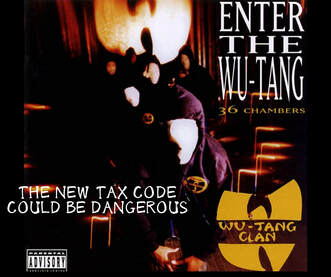
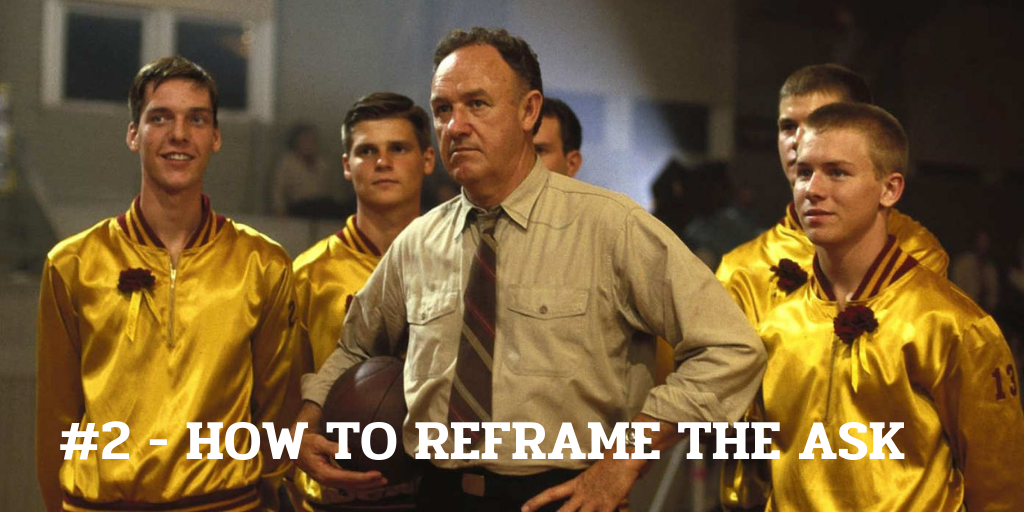
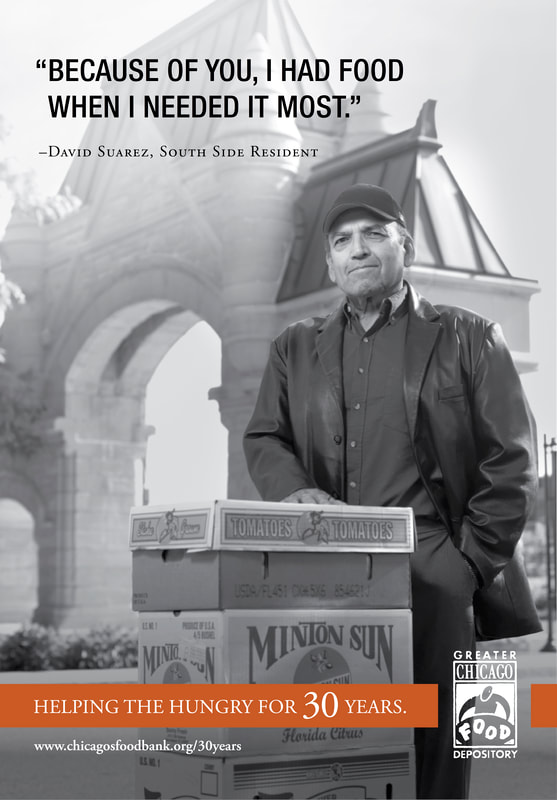
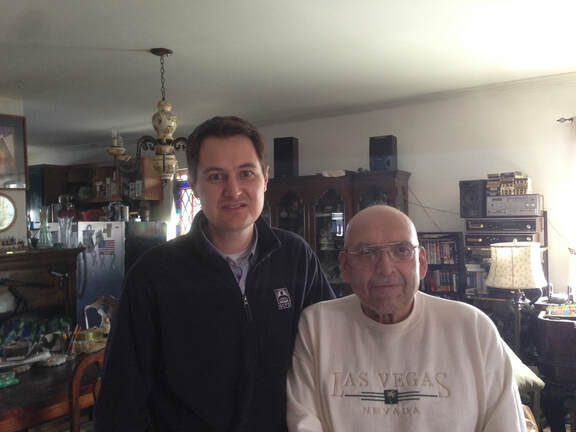
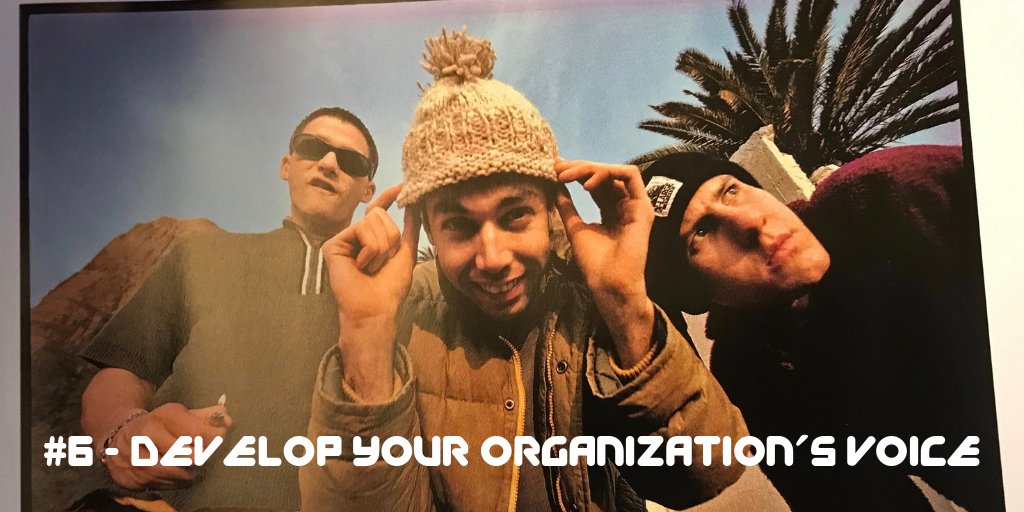
 RSS Feed
RSS Feed